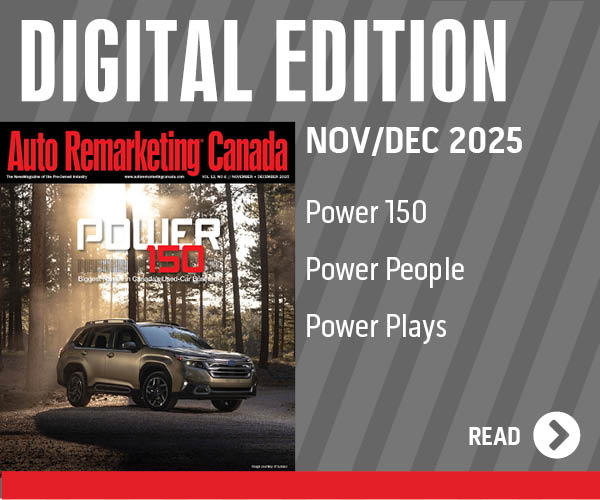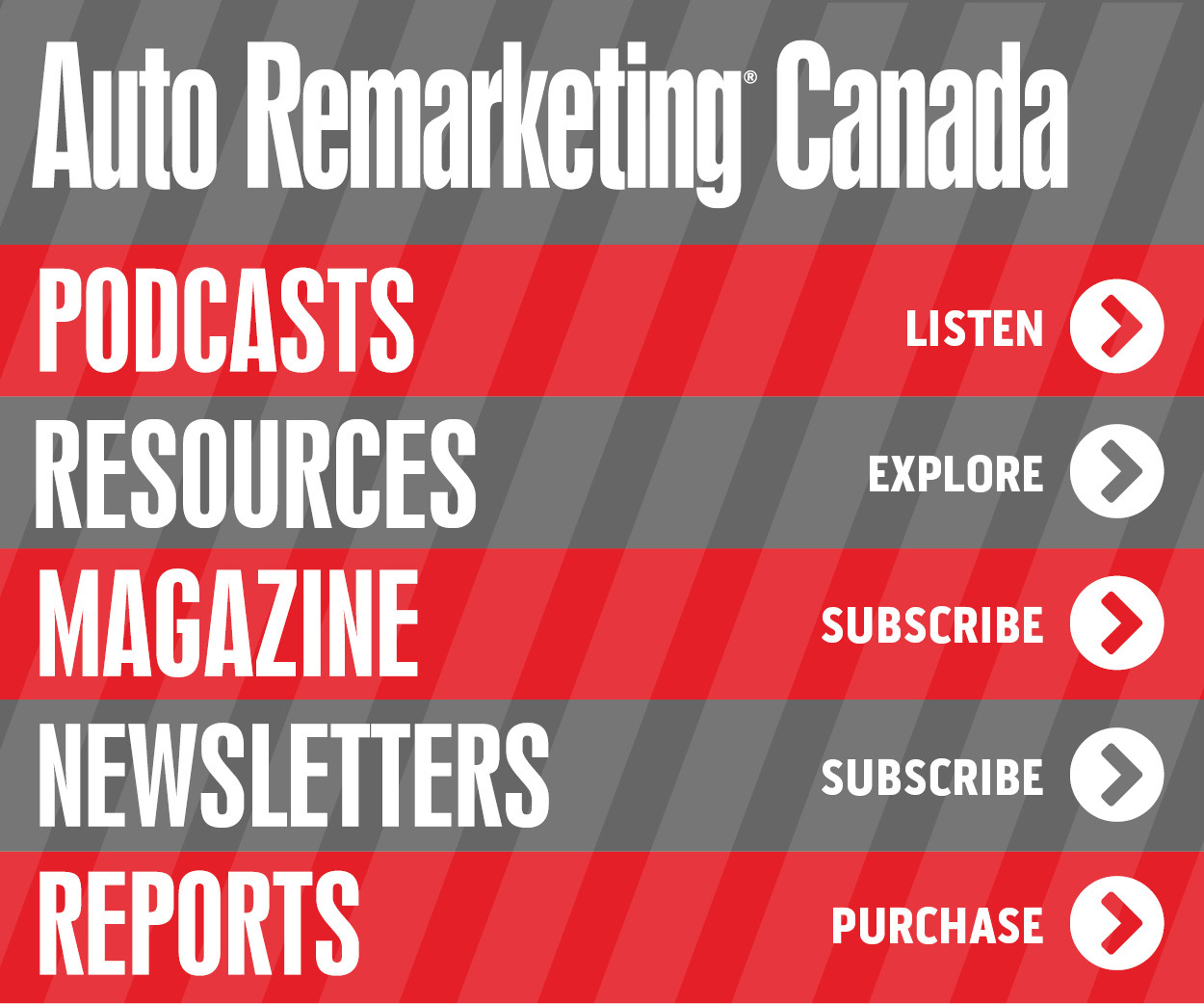OMVIC’s latest effort to explain all-in price advertising

By subscribing, you agree to receive communications from Auto Remarketing and our partners in accordance with our Privacy Policy. We may share your information with select partners and sponsors who may contact you about their products and services. You may unsubscribe at any time.
TORONTO –
Some consumers are being overcharged when they buy a vehicle, according to the Ontario Motor Vehicle Industry Council.
“Since 2010, all-in price advertising has been the law in this province,” explained Terry O’Keefe, director of communications and education for OMVIC. “Unfortunately, our research shows that a small minority of car dealers continue to add hidden fees or extra costs that exceed their advertised prices.”
For that reason, the regulator this week launched a 10-week consumer awareness campaign to help further educate Ontario car buyers about their right to all-in price advertising.
Details of the campaign
Picture a dog relishing a car ride — tongue lapping the air and fur flying in the wind. It’s a sight that exemplifies simple joy, right? And it happens also to be the imagery supporting OMVIC’s message: all-in price advertising. O’Keefe explained that it’s putting the fun and excitement back into buying a vehicle — not to mention, it’s the law.
OMVIC indicated the province-wide campaign utilizes TV, radio, online and social media advertising.
“While the message delivery is lighthearted, it’s hoped the outcome will have an important affect,” O’Keefe said. “That being, consumers will avoid dealers who break the law and instead buy vehicles from those dealers who provide the fair and transparent advertising required by Ontario’s consumer protection legislation.”
Subscribe to Auto Remarketing to stay informed and stay ahead.
By subscribing, you agree to receive communications from Auto Remarketing and our partners in accordance with our Privacy Policy. We may share your information with select partners and sponsors who may contact you about their products and services. You may unsubscribe at any time.
To access OMVIC’s TV or radio commercials, go here.
Understanding all-in price advertising
OMVIC reiterated all-in price advertising is the law in Ontario. If an OMVIC-registered dealer advertises a price for a vehicle (new or used), that price must include all fees and charges the dealer intends to collect. The only additional fees a dealer can charge are HST and licensing, which refers to the actual cost of vehicle registration and plates and it cannot include extra fees added by the dealer.
An advertisement is any inducement to buy or lease a vehicle. This would include — but is not limited to — ads:
—In print (newspapers, magazines, etc.)
—On the Internet (dealer site, online marketplace, etc.)
—On social media
—On radio or TV
—On signs (including those in or on a vehicle)
—What must be included in an all-in price advertisement?
Examples of fees or charges that must be included in an advertised price include:
—Freight
—PDI-PDE (pre-delivery inspection/expense)
—Administration (admin) fee(s)
—Government levies (air tax, etc.)
—Safety and e-test (unless the ad contains a mandated "Unfit Vehicle" or "As-Is Vehicle" statement)
If a dealer intends to charge for products or services they have already pre-installed on a vehicle, those costs must also be included in the advertised price. This includes, but is not limited to:
—Nitrogen/tire protection package/locking wheel nuts
—Warranties
—Security or theft deterrent products/services (etching, etc.)
—Fuel
OMVIC pointed out that all fees must be itemized individually on the contract.
OMVIC went on to mention it does not regulate vehicle manufacturers; therefore, advertisements placed by manufacturers do not have to comply with the Motor Vehicle Dealers Act and all-in pricing is not required in manufacturer ads.
“That said, some manufacturers voluntarily comply with the all-in pricing provision and commendably provide transparency to consumers,” officials said.


